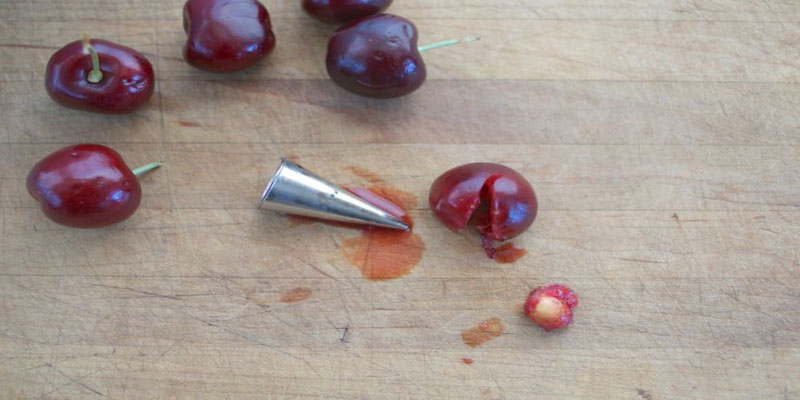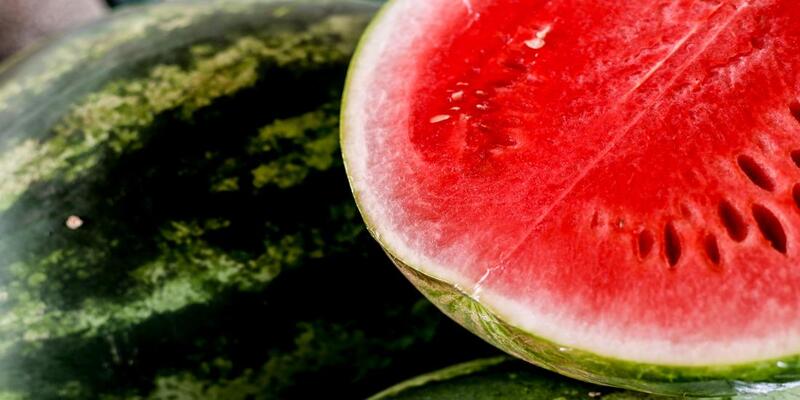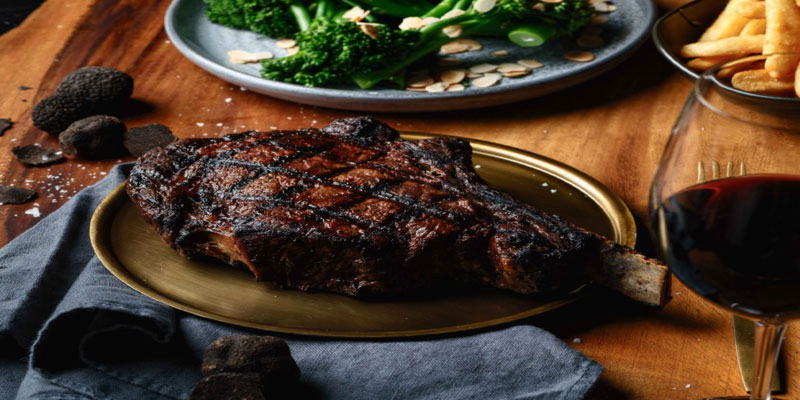You've just returned from the farmers market with a gorgeous bunch of cherries and are eager to cook your grandmother's famous cherry pie. However, before using them, you'll need to remove the pits from many cherries, and you don't have one.
There is no need to worry; there are surefire ways to remove the stones from the cherry. Our two favorite methods are the twist and poke, which are easy. Some of the tools you'll need are already in your kitchen drawer, as different methods call for different implements.
Technique of Twisting
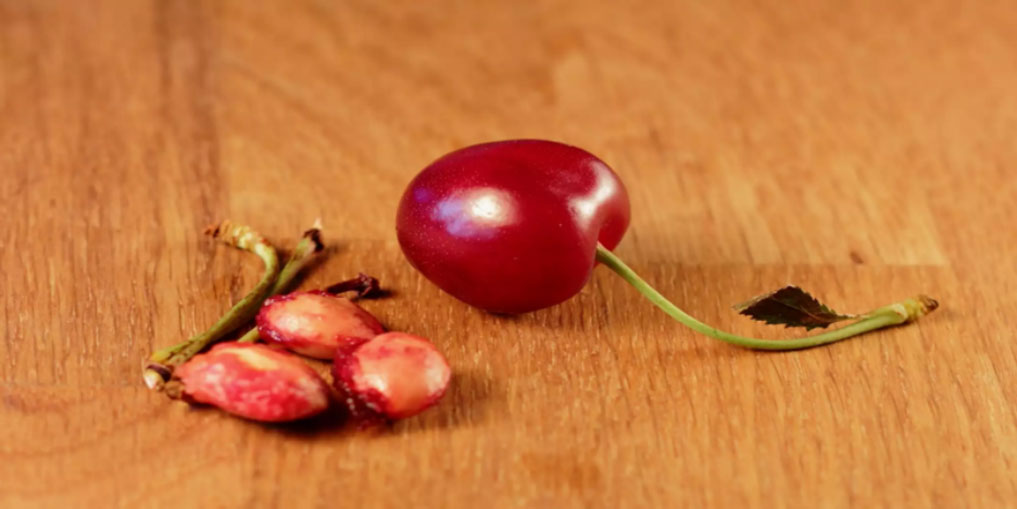
To use this technique, you will need a thin implement to enter the cherry and twist to extract the pit. Toothpicks, straightened paperclips, hairpins, lobster picks, and metal orange sticks used for manicures are also good possibilities. Put the pointy end of your knife, fork, or whatever else you use into the cherry's stem.
That ought to hit you right in the gut. Then, pop the pit out by twisting your tool around it. It may take a few cherries before you get the hang of things. Don't worry if your first few cherries end up tangled while you experiment with the ideal tool and twisting motion; they'll still taste fine.
Use Of The Poke Technique
There is some poking involved with the twisted approach, but after you see how the poke method operates, you'll see why it's called that. A pastry tip, straw, or chopstick will work for this.
To remove the pit from a cherry, insert your instrument of choice into the fruit's stem end and twist or press until the pit is released. The ideal situation would be if the tip or straw directly interacted with the pits and pushed them completely through.
Thicker pastry tips, straws, and chopsticks remove too much fruit along with the pit and are, therefore, not ideal. When using a tiny tip, you must be more careful to avoid missing the pit and striking it on the way through.
If you want to tidy up the poke approach, try using a bottle with a tiny entrance, such as a beer or wine bottle. Just rest the cherry on the bottleneck, stem side up. Drive the cherry pit down into the bottle by pressing the point of the pastry tip or other instrument straight down through the stem hole and into the cherry.
Various Other Approaches
It's also possible to use a paring knife to split the cherry in half, just like a peach, and then use your fingers to extract the pit. Instead, you may use your fingers to remove the pit if you don't mind getting your hands dirty and don't care about the cherry's appearance after it has been pitted. Firmer cherries are recommended for use with any approach.
The Use of Cherry Pits
If you want to use one approach, you may just toss the pit and move on to the next when you've finished with one cherry. Since eating pitted cherries out of hand is a bit of a hassle, you can now use them in baked goods, smoothies, brandied cherries, pickled cherries, or any other dish you can think of.
Likewise, if you are fortunate enough to have more cherries than you can utilize right away, pitting them is a smart idea. If you have any extra cherries after using one of the ways, you may freeze them whole and utilize them later.
Is a Cherry Pitter Necessary?
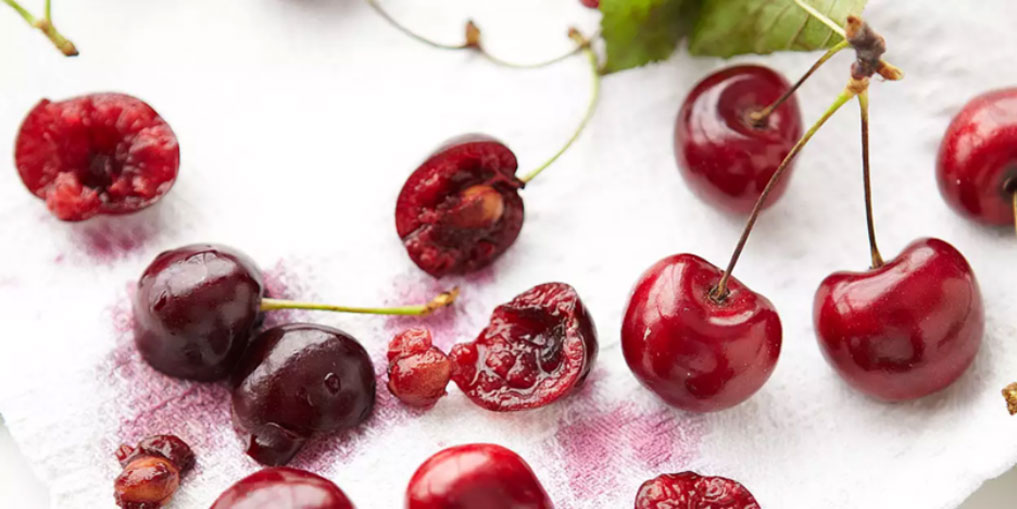
It's reasonable if you don't want to buy another thing for your kitchen, with utensil drawers already being the crammed mess they always are. But how often you anticipate doing that activity is the deciding factor.
A cherry pitter may be useful if you make a lot of cherry pies or sauces or if you want to freeze big quantities of cherries for later use. A cherry pitter may also be used to remove the pits from olives, in case that would help you rationalize keeping it in your kitchen drawer.
Get A Cherry Pitter
A cherry pitter is an absolute must if you use more than six cherries in a baking dish. It's valuable: You may use them to shoot the pits into one dish and your hollowed-out cherry into another. Cherry juice may spill, but it's readily removed with soap and water. Please put on an apron.
The OXO Single-Pit Pitter is an all-around winner in our books. We don't often recommend one-use cooking tools, but this one is cheap and useful for olives. There are flaws in it. It may take a few swings before you find the middle of the pit. But it works quickly and efficiently and stores energy during the winter in preparation for spring.
